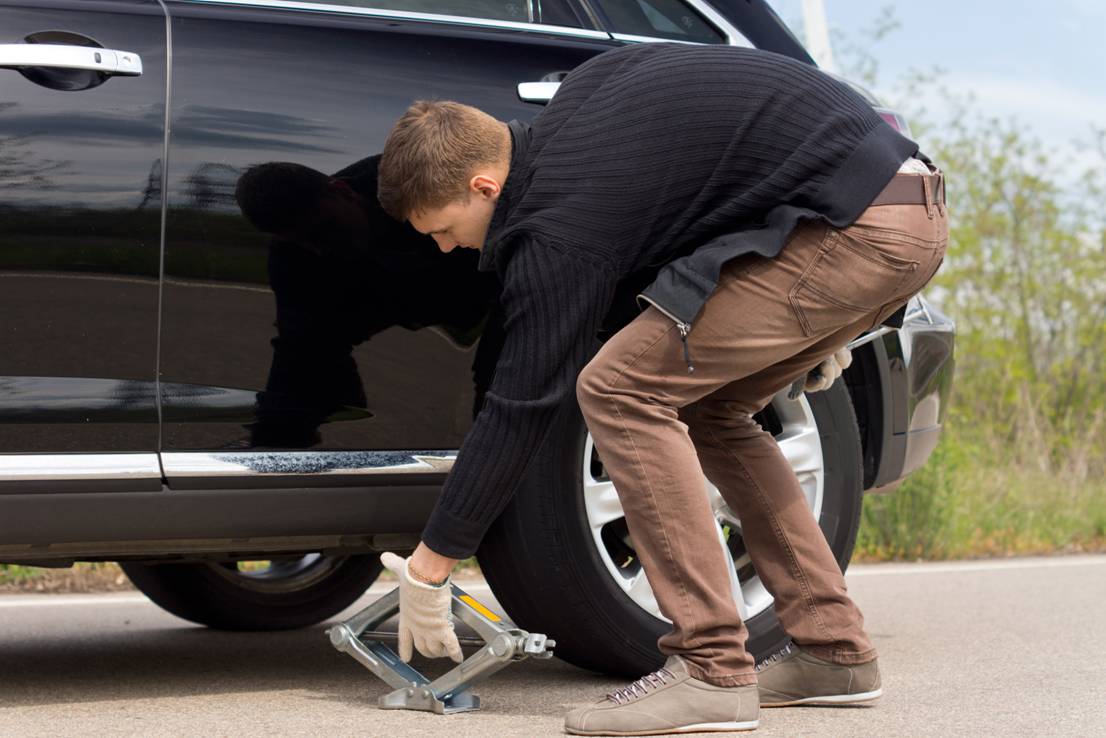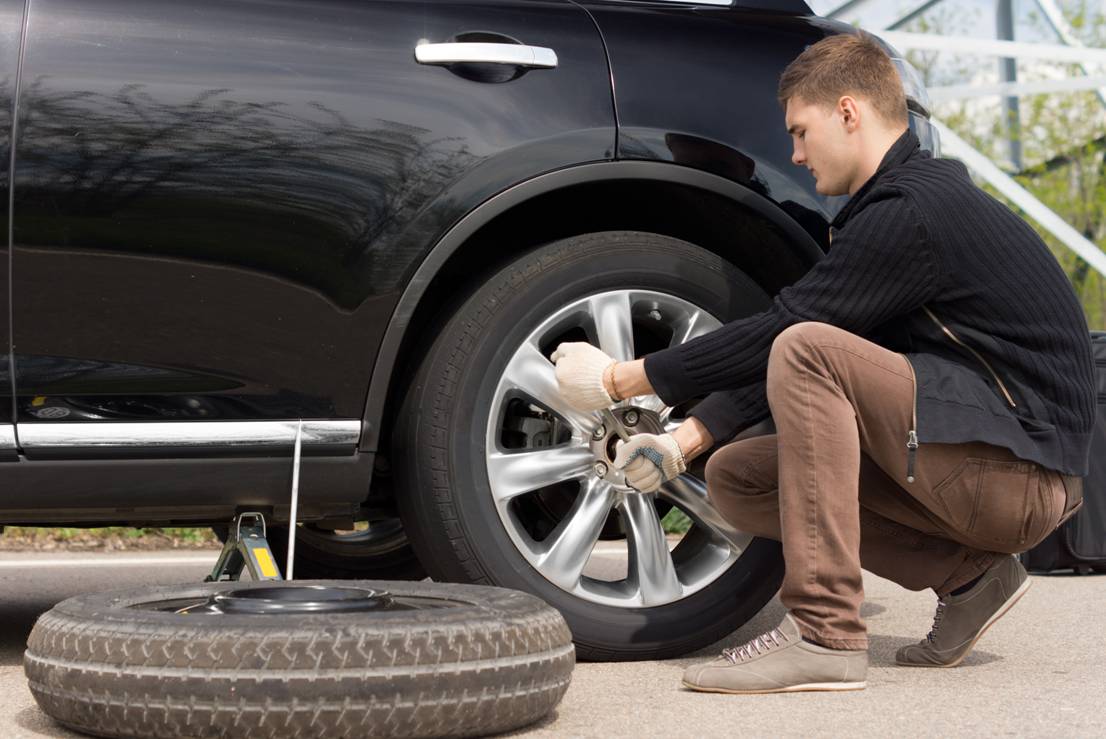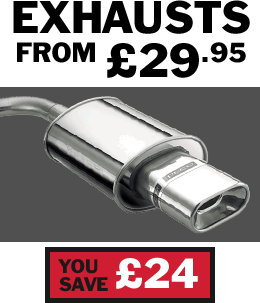How to change a Tyre
Knowing how to change a tyre is something all motorists should learn, like changing oil, or inflating your tyres. Even if you've never changed a tyre, or don't intend to; knowing the facts and the process could help you, or someone you're with, out of a sticky situation one day.
Familiarise yourself with our simple guide on how to change car tyres below:
CAR TYRE REPLACEMENT GUIDE
Stay Safe
Noticing a puncture or flat tyre when your vehicle is stationary is an ideal scenario. Unfortunately, the roads of the UK are prone to potholes and other debris, which damages our tyres. With more and more people commuting great distances on a daily basis, wear and tear alone can subtly damage those precious assets that carry us safely from one destination to the next.
The first and most important thing to do when you notice a problem with your tyre is to pull over into a safe place. Don't try and change your tyre on the hard shoulder of a motorway - its best to wait for professional help in such circumstances. Turn off or pull over well away from oncoming traffic. Ideally a firm flat surface is best and make sure you're hazard lights are on and your engine is off - let other drivers know as soon as possible that there is a problem with your vehicle - this is so they can be extra cautious when passing you as you're changing your tyres. If you have a warning cone or triangle, place that 45 meters in the direction of traffic approaching you.
PREPARATION FOR CHANGING TYRES
When you're ready to begin changing the tyre, ensure all passengers are out of the car and in a safe place. When you feel everybody is safe, it's time to locate all the essentials in order to actually change your tyre. Don't forget to make sure the handbrake or parking brake is on, then take a look in the boot for your spare tyre.
Spares are usually located under the carpet/base of the boot. You're likely to have either a full size spare, or a space saver (which are more compact and designed to get you to the nearest garage to have your tyre replaced). Remove the tyre and place it flat on the ground near the required replacement, safely away from moving traffic - don't lean it against the car!
Next locate the following tools you'll need to change the tyre: Vehicle jack, car handbook (showing where to attach the jack), wheel nut wrench with extension bar, locking wheel nut adaptor and at least one wheel chock. The following would also help so it might be worth adding them to your vehicle boot for emergencies sake: Gloves, as wheels get very dirty, something to kneel on (the ground can be very dirty too), a knife([just in case cable ties have been used to hold wheel trims in place) and a torch as it may be dark.
Lifting the Car

Before lifting the car, place at least one wheel chock on the wheel diagonally opposite the one you will be changing. If you have more place those as well. If you do not have any wheel clocks, bricks can also be used. This will ensure your vehicle is prevented from potentially rolling into moving traffic.
Consult your owners manual to find out where you should place the jack. It must be positioned in the correct place as there are weak points beneath the car and lifting the car up on one of these points could damage the chassis. You should lift the car high enough for the wheel to turn easily, but not too high as to destabilise the car. You should use the wheel nut adaptor to remove the lug nuts from the tyre - remember to put these in a safe place. Somewhere inside the car is ideal where they aren't likely to fall or roll away. Then it's time to remove the wheel trim, if fitted to your wheels. Once this is done, you're ready to lift the car.
Changing the Tyre

When you're ready, pull the existing wheel off the car with care. You should bend your knees and keep your back straight, as wheels are deceptively heavy. Roll the wheel toward the boot of the car and lay it flat in a safe place. Now it's time to get the spare wheel onto the car - this will be heavy too, though maybe not as heavy as the wheel you have removed. Place the wheel on the bolts and hand screw the lug nuts back onto the bolts. You should start with the top bolt, working diagonally through them all. Next you should lower the car back down to the ground and remove the jack. Now tighten all the nuts, working in the same diagonal pattern as you initially put them on.
Finally
Last of all, simply reposition the wheel trim if required, and remember to take care when stowing away the original wheel. Also ensure you have collected and stowed all your tools in the original places so they are ready for next time. If the spare wheel is a space saver or a temporary tyre, remember these are typically designed to reach a maximum speed of 50mph and should be replaced as soon as possible. You might find some dashboard lights may appear as some modern computerised cars don't appreciate differing wheel sizes to run efficiently.
Now you know how to change a tyre with help from our simple guide, ensure you're well equipped with your spare wheel. Find tyres to buy online from your local Setyres branch now.
Posted on: 10/06/2014















